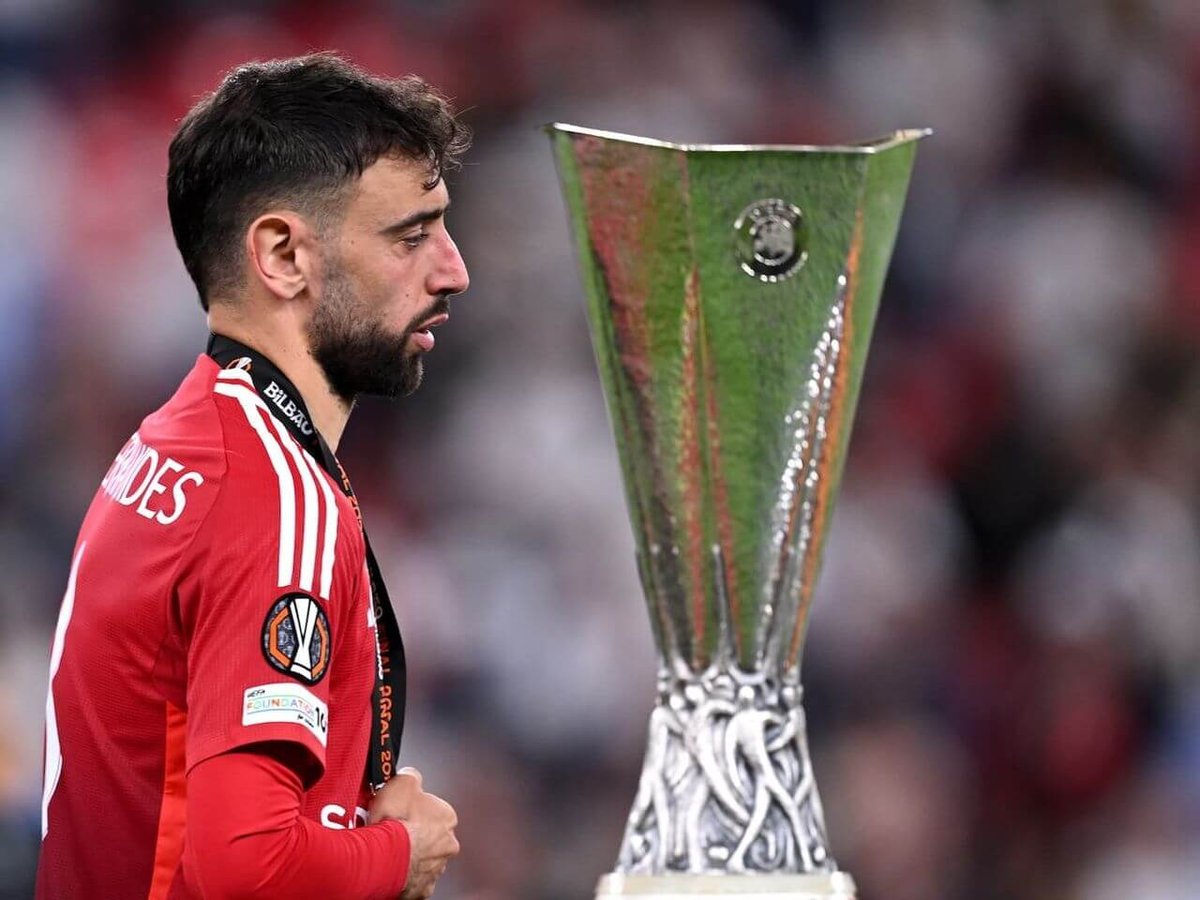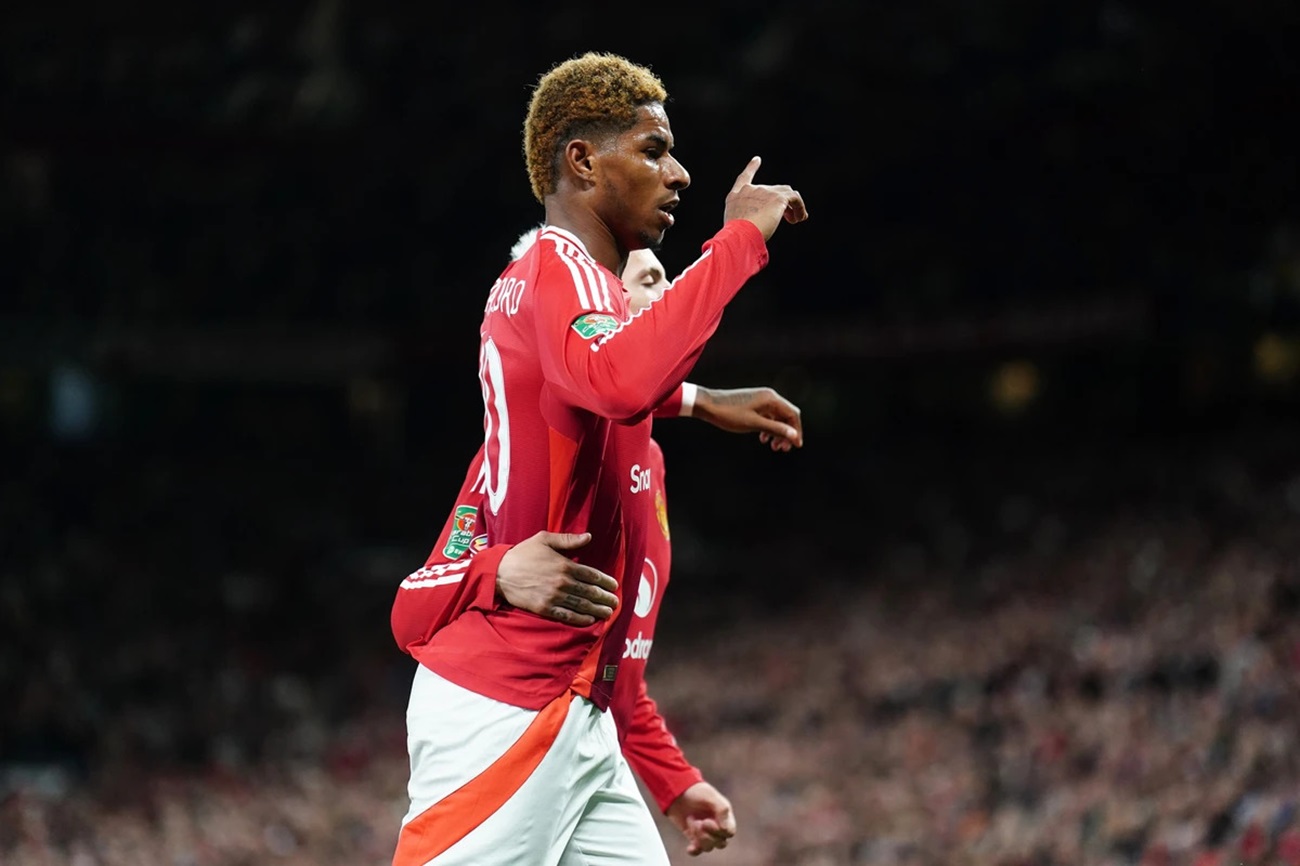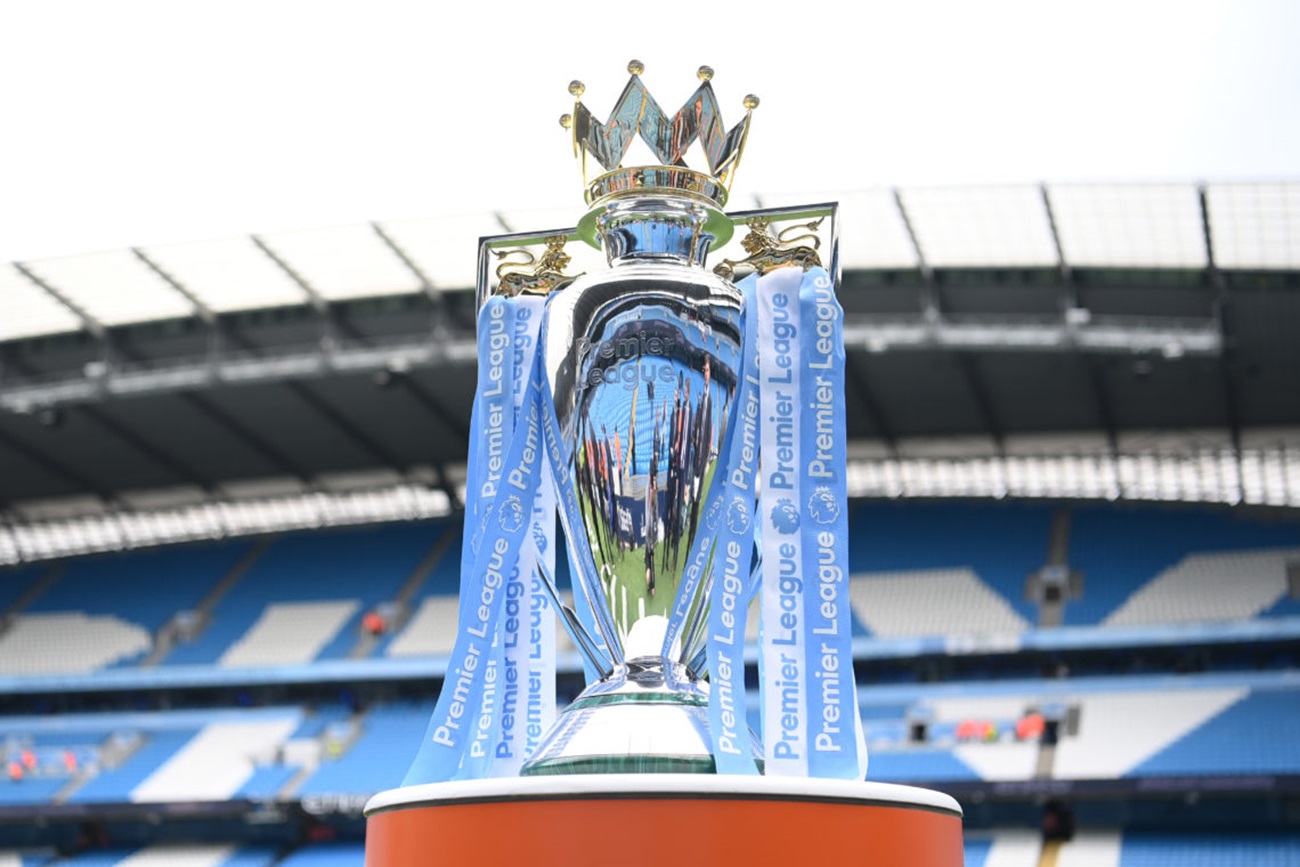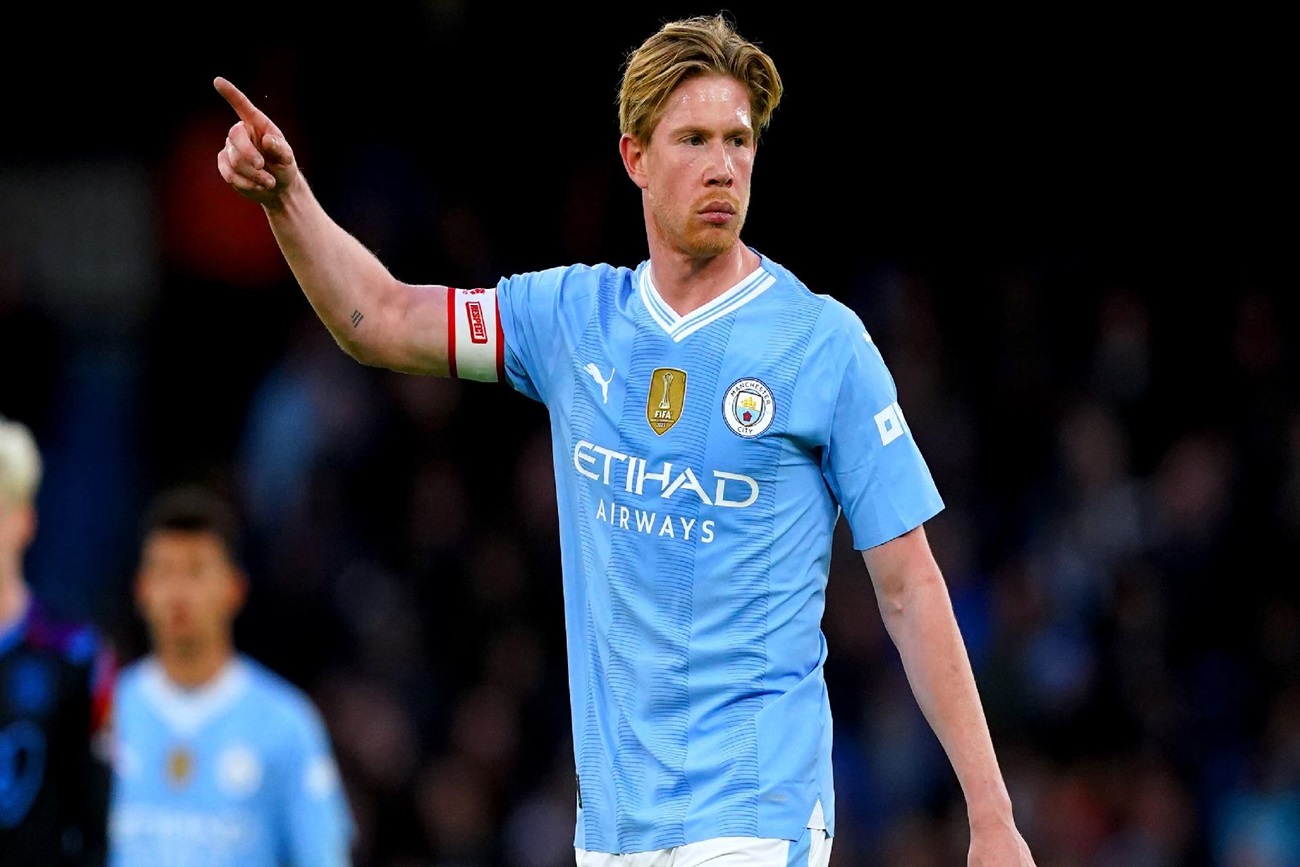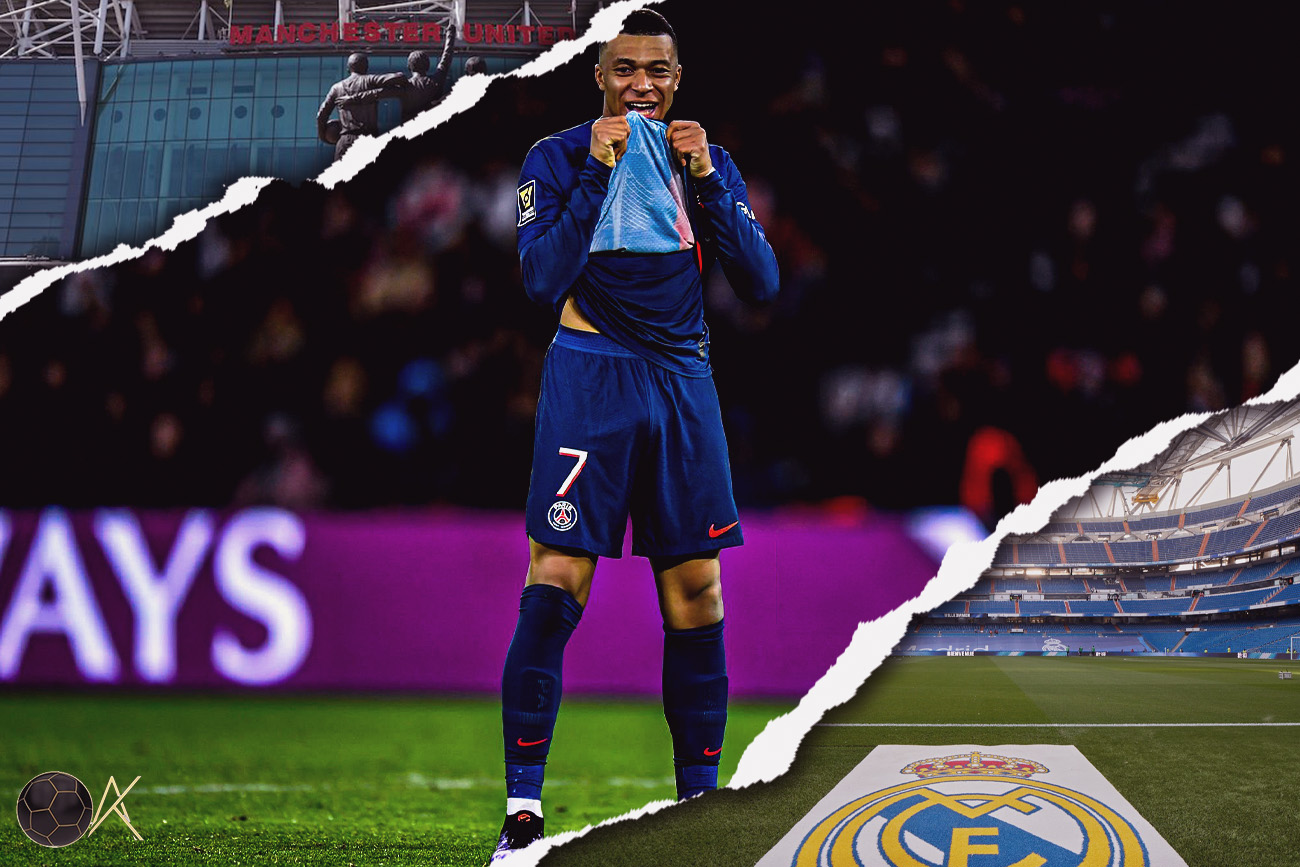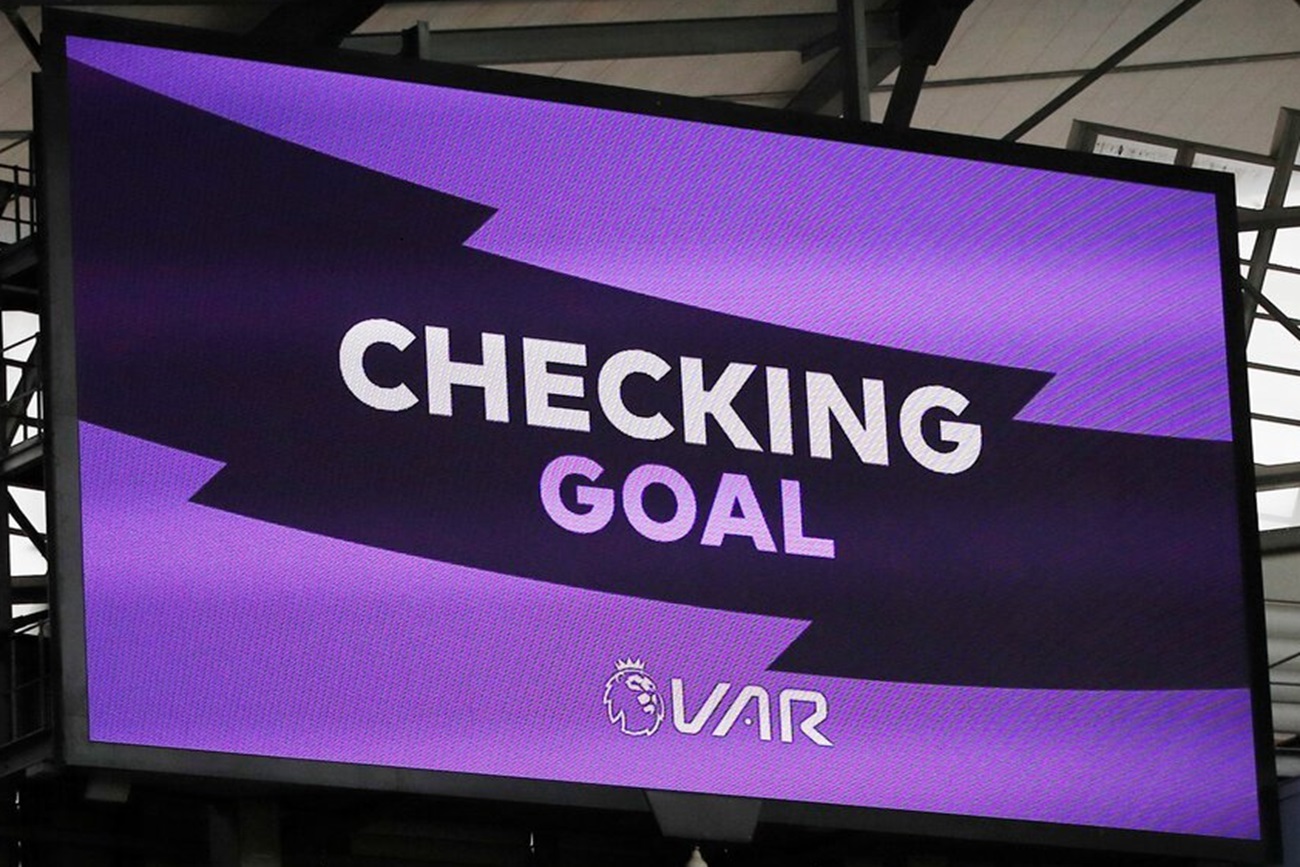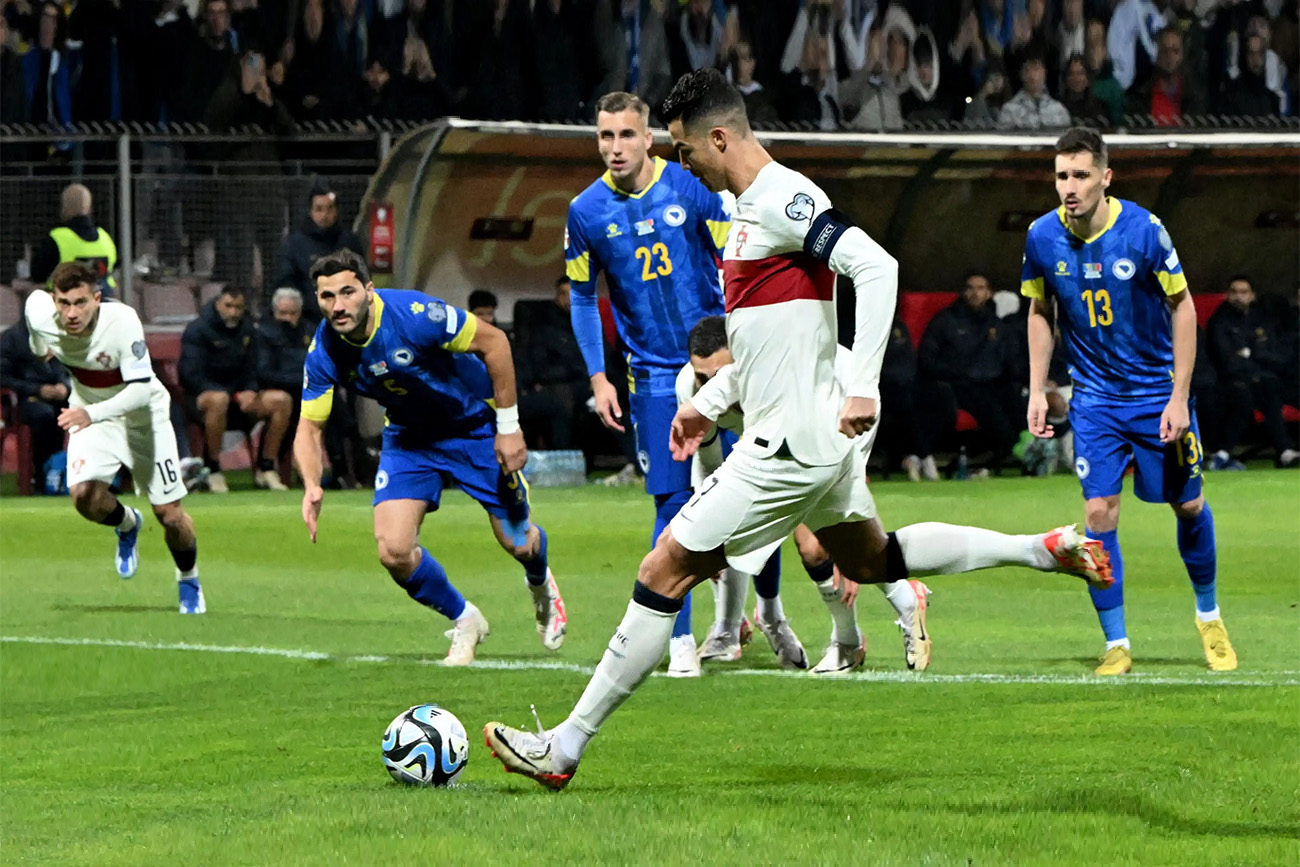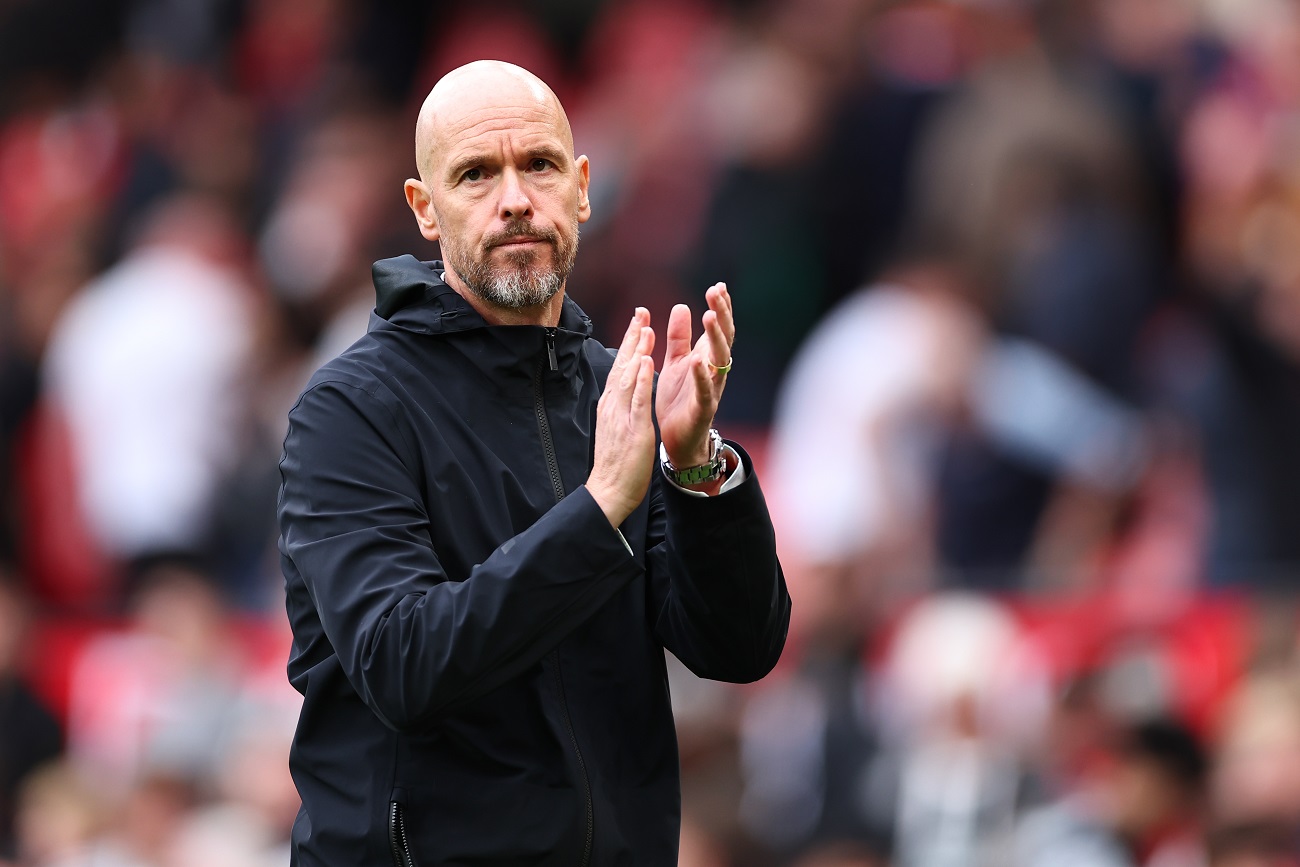
Does the media shape how football is?
This blog highlights the rise in the influence Media has had in shaping up the footballing industry.
Media is so “ubiquitous and familiar” that it is easily forgotten how central and pivotal it is to everyday life. Football has now become easily accessible across different media devices and platforms. It also provides information, news, and updates online for football fans emphasising its ubiquitous nature. It has also opened the prospects of change in structure within football leagues due to the evolution of the niche of television and demand for television rights. These factors allowed football to increase its value not only amongst communities but in a monetary sense because of the rising demand for sponsorship deals and foreign ownership takeovers. Although, football is also reliant on its sentimental aspects amongst the fans as well as government regulations which provide barriers to the influence of the mass media. However, the “digitisation, commodification, and globalisation in media sport” has a broader resonance amongst the football community.
Football & Globalisation
Modern-day football is recognised globally as one of the most popular sports. The appeal of football accelerated, and many media industries saw a niche for sport to be exploited commercially in the global market allowing the development of major television brands as well as lucrative sponsorship deals for television rights. Dickenson and Santos (2018) state that “global sport is inseparable from global media” implying how sports as a whole enable the media to have a strategic platform to grow. This emphasises the significance media has had in modifying and shaping a new culture of sports (not just football) as it allows spectators to engage with their favourite athlete and sporting team in ways that were not seen before. Thus, football began to establish itself as a global phenomenon and became heavily commercially driven due to its increasing recognition worldwide and has had increasing amounts of investments from wealthy foreign owners and media sponsors to maintain longevity and stability.
Sponsorships Significance
Sponsorship can be defined as “a business relationship between a provider of funds, resources or services and an individual, event or organisation which offers in return some rights and association that may be used for commercial advantage” (Sleight, 1989). Allowing the partner of the sponsor to gain certain rights and associations, enabling them to be more advanced commercially. The influence of media and sponsor deals is one of the reasons behind the transformation of English football in 1990 into the global brand that is now known as the Premier League in the modern day. It is argued that the change in structure was driven due to the rise in popularity and evolution of multi-channel and pay television. This in turn caused a response as the demand and competition increased to secure television rights. This clearly indicates that transformative processes within the football industry are influenced by the media and their commercially driven motives. Television rights have been estimated to be worth more than £5.5 billion between the seasons 2013-14 to 2015-16. Haynes (2016) stated that “TV rights alone were worth £3 billion” which according to him was a 70% increase from the previous deal the premier league had. This shows how TV deals have helped provide massive funds for the Premier League to expand and prosper into its global brand today.
Ever-growing Social Media Influence
Social Media is a great way of getting communication and links from all over the world. For sports stars, it has given them “proactive control” over their communication whether it be for social or political reasons. In other words, sports, such as football, can be used as a platform as a means of “political communication around issues of the nation and nationhood” as implied by Haynes. Haynes states that the “conflation of sport and politics… has everything to do with the media.” This clearly shows how empowering social media is in football concerning modern political and sporting communication.
However, social media has major drawbacks due to the anonymity of users and weak guideline restrictions. Social media has been plagued with discrimination of all sorts for years, mostly racially targeted. This was evident during Euro 2020 when Marcus Rashford, Jadon Sancho, and Bukayo Saka were subject to racial abuse on their social media accounts after their loss in the Euro 2020 final. Most elite sports, such as football, are subject to these “internet trolls." The increasing availability of smartphones and other technologies has made it easier for people of different social backgrounds to have access to social media. The majority of these “trolls” lack proper education and therefore promote their hatred and prejudices without fearing consequences. Although many fans and neutral spectators used social media to negate these “internet trolls” and cast their overwhelming support for the three young English footballers and voiced their discontent at how easily racial abuse can occur online.
Summary
The relationship between football and the media will continue to evolve and transform in years to come. The commercialisation, digitalisation and globalisation of football have illustrated the ever-growing influence that the media operates in the industry. The integrity and meaning of football are easily conveyed via the networks that are readily available on the internet and many of the increasing technological devices across the globe.
Nevertheless, the increasing digitalisation around the world has made a profound difference in many people's lives. The creative and imaginative nature of social media has opened the doors to many prospects of what football is and can become. The media has provided many people with a line of communication with the footballing world and has helped propagate the identity and meaning of football around the world. Therefore shows how the media is a pivotal source of influence for football in shaping its future.
